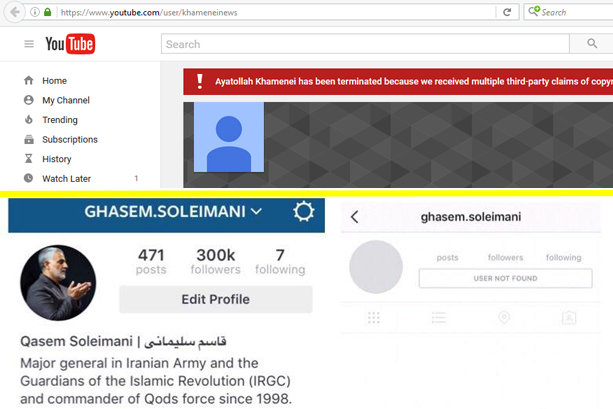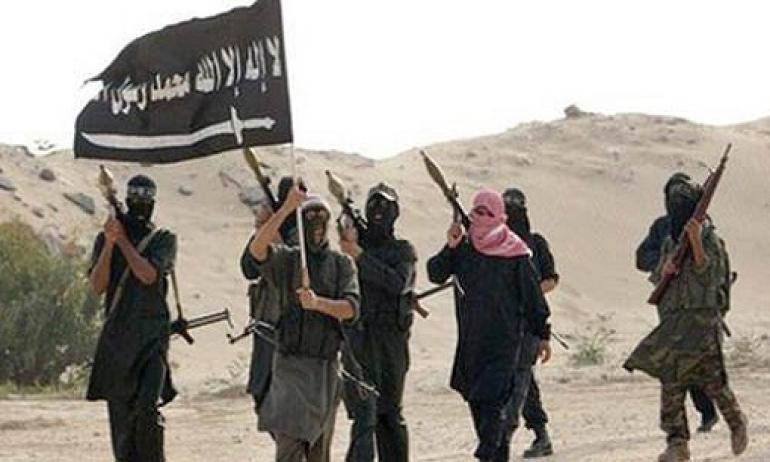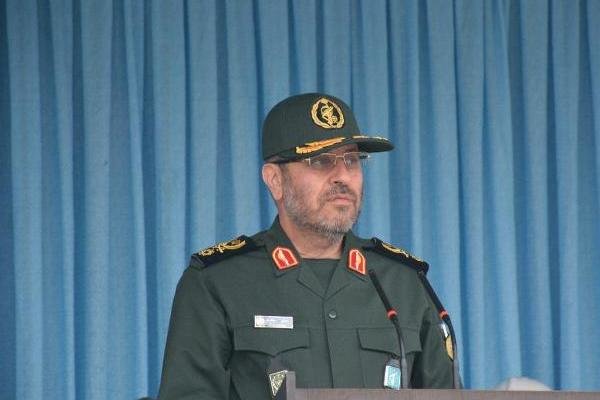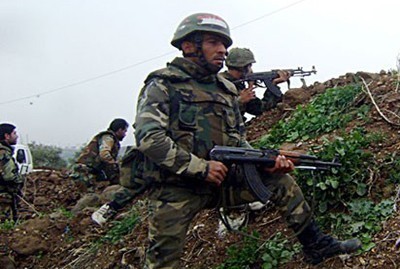’Israeli’ Army’s Initial Investigation: Not Possible to Protect Entire North from Hizbullah
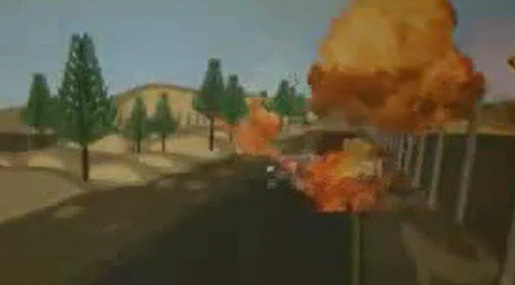
In an attempt to ease the impact of Hizbullah’s heroic operation, “Israel” tried by all means to cover up its army’s weaknesses.
A preliminary investigation carried out by the “Israeli” military revealed that an unarmored convoy carrying soldiers unfamiliar with the local terrain were allowed into an area with known exposure to Hizbullah fire.
According to the results of the preliminary investigation, the officers of the Givati brigade were on a tour to familiarize the unit with local terrain when a civilian vehicle allegedly caused the convoy to halt at military checkpoint; hence, Hizbullah identified the opportunity and launched an attack.
The report further mentioned that there was no prior intelligence pointing to an impending attack and the incident resulted in the deaths of two “Israeli” soldiers.
The initial investigation was published as an attempt to comfort the troubled “Israeli” public concerning the reasons that lead unarmored vehicles enter an area vulnerable to missile attacks and hidden explosives near Ghajar and Shebaa Farms during a heightened threat level.
Furthermore, the investigation tried to refute the idea that Hizbullah missile launching sites could be located earlier using intelligence information.
The investigation published a so-called step-by-step report concerning the attack. Based on the report, the convoy made a left turn at the tank intersection on route 99, which stretches from al-Sheikh Mountain to Kiryat Shmona settlement, on to a civilian road that leads to Ghajar.
The investigation indicated that the order given out by unit commander Colonel Dan Goldfus, was most likely made because of technical considerations or because of a schedule relating to operational discussions and not because the convoy included unarmored vehicles.
The report claimed that the convoy stopped at the checkpoint but was delayed by a civilian car whose driver spoke with the soldiers at the checkpoint. The checkpoint had been established in the area 10 days earlier to prevent settlers to drive towards the village.
According to the investigation, Hizbullah had likely been tracking the convoy’s drive up Shebaa Farms and were waiting for it to return to the road leading to Ghajar. Hence, Hizbullah launched the first anti-tank missile at the group of “Israeli” vehicles. The missile hit one of the Isuzu D-Max pickups which carried Zionist Captain Kalangel and Sergeant Nini – instantly killing them.
Regarding the fact that the convoy included unarmed vehicles, the “Israeli” army said in response that there is a 10 kilometer stretch along the border with Lebanon, reaching from Ras Naquora to the al-Sheikh Mountains, that is vulnerable to Hizbullah fire – including roads and security areas close to the fence.
On this level, “Israeli” army responded “It is not possible to take the entire northern area close to the border and 50 kilometers south. Cars driving in Metula can be shot at using automatic weapons from the Lebanese side”.
It added, “Along with that, many considerations were taken into account in order to allow the free movement of “citizens” and daily life alongside high readiness and deployment of forces that saved many potential Hizbullah targets. Regarding the incident, lessons will be learned after a full investigation”.
Still, “Israeli” analysts continue to raise questions regarding the “Israeli” stance’s weaknesses , which could not be covered up by the investigation. “Did the “IDF” sufficiently prepare for missile threats in Ghajar as it did in other areas along the border with Lebanon?”

